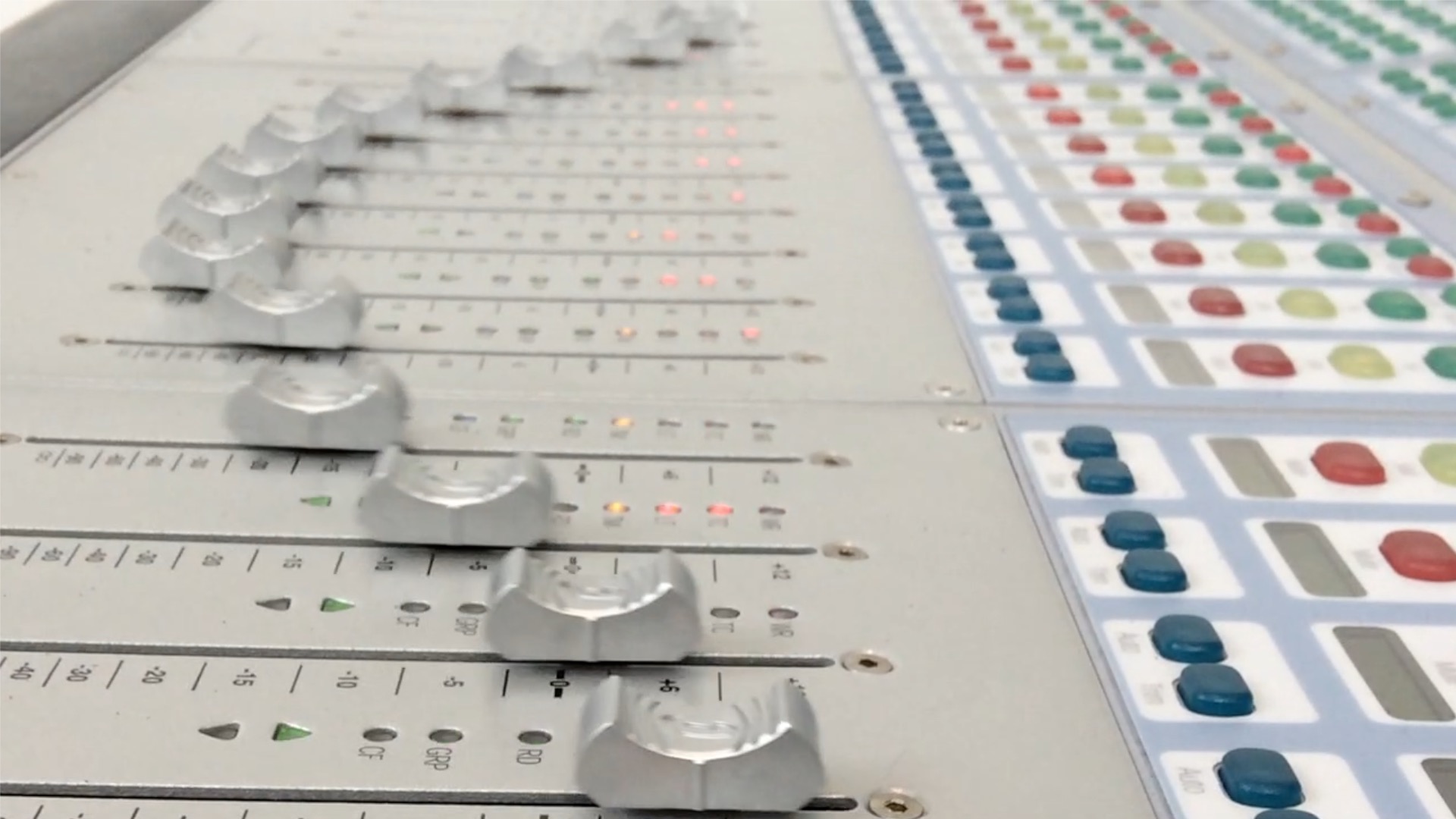

When this link is set to ON your controller track selection switch follows the software track selection switch. Specifically in combination with editing workflows. One of the most underapreciated functions on the controller imho. Here's a few off the top of my head I suggest you really dig into and think about what they can do for your particular editing workflow : There are quite a bit of editing functionallities on them as well and even though you will not be able to entirely get rid of a keyboard for that, as you guys already discovered yourself there's some great workflow enhancers directly on the controllers for editing as well. The primary use for these controllers is of course mixing. Hopefully, some of the veterans will really shed some light. I just started using the comping features of PT8 and find that the D Command sure helps with my work flow. This is useful for auditioning or precise selecting for punch ins.ĥ. precisely selecting regions for using the mark in and mark out with the wheel. arming and disarming tracks for recordingĤ. I know that these will be mundane to the seasoned D command users:ġ.

The following are a couple of tasks that I use for tracking. I dislike the mouse more than the keyboard.

When possible I force myself to do almost everything on the D Command. I moved over to PT about a year ago and got the D Command last fall. I agree that the D Command shines at mixing but would say that it just as strongly shines at tracking. I am a novice with D Command but still think that it is the best move that I have made with my recording setup in many years. I'd appreciate any thoughts on the subject. I entertained this fantasy briefly that I'd be able to do almost everything I needed on the board, but it's looking much more it shines at mixing, but everything else is better left at the keyboard-mouse level. I enjoy working all aspects of the production process, from composing-arranging all the way through to bringing it to the mastering guy. This isn't a sales question, I have one here that I'm working on. I'm trying to wean myself away from using the keyboard as much as possible, but I need to get a better idea of what limits I can expect. I was encouraged as I began looking into the trim-shuttle-navigation capabilities, but I'm not seeing very elegant ways of track comping, nudging regions, defining fades, etc. I get how it can be used for recording or mixing, but I'm still trying to see how far into the minutia of audio manipulation you can get with it.

Devices can be grouped logically and intuitively on each page: a multi-location system can include a tab representing each area of a facility, for example.I'm still getting my head around all the reasons to use the DCommand. Tabs can also be populated automatically. Each tab can display up to 12 devices, and up to 50 tabs can be defined, renamed and reordered. In the overview page, available RedNet units on the network can be dragged and dropped from the searchable Device List sidebar into a grid on a tab, where they are shown graphically, with real-time indicators showing levels and LED status. Configuration pages for each device allow for adjustment to sample rate, Grand Master nomination, fan behaviour and other device-specific parameters such as network configuration. RedNet Control features a tabbed, browser-like interface, and the ability to handle up to 600 RedNet devices.
#Avid dcommand driver mac#
With RedNet Control running on your Mac or PC, you have total control over all the RedNet devices on your Dante network, and the ability to customise the way your RedNet devices are displayed on screen. RedNet Control is the utility software at the heart of every RedNet system.


 0 kommentar(er)
0 kommentar(er)
